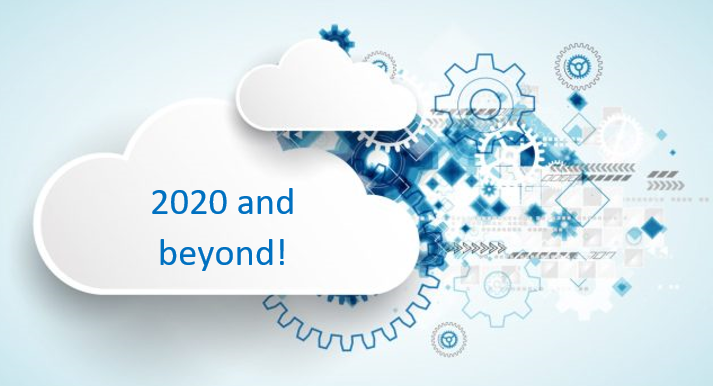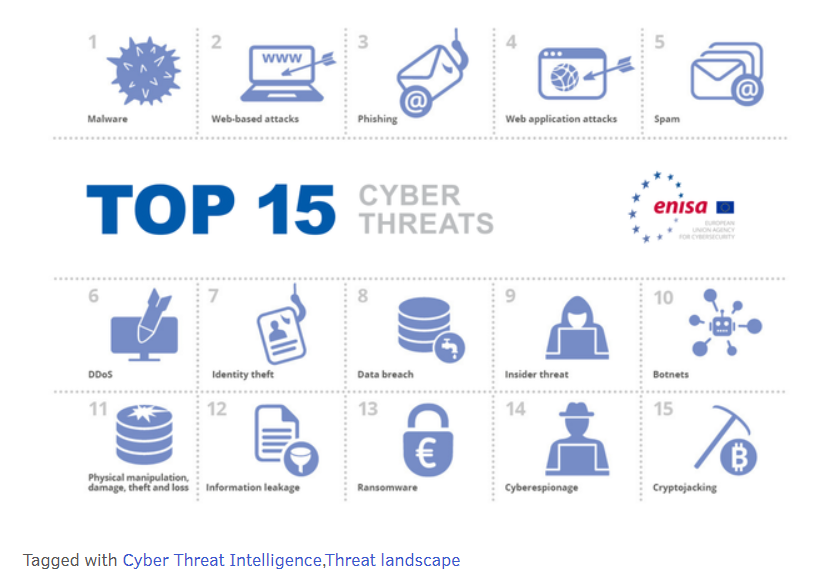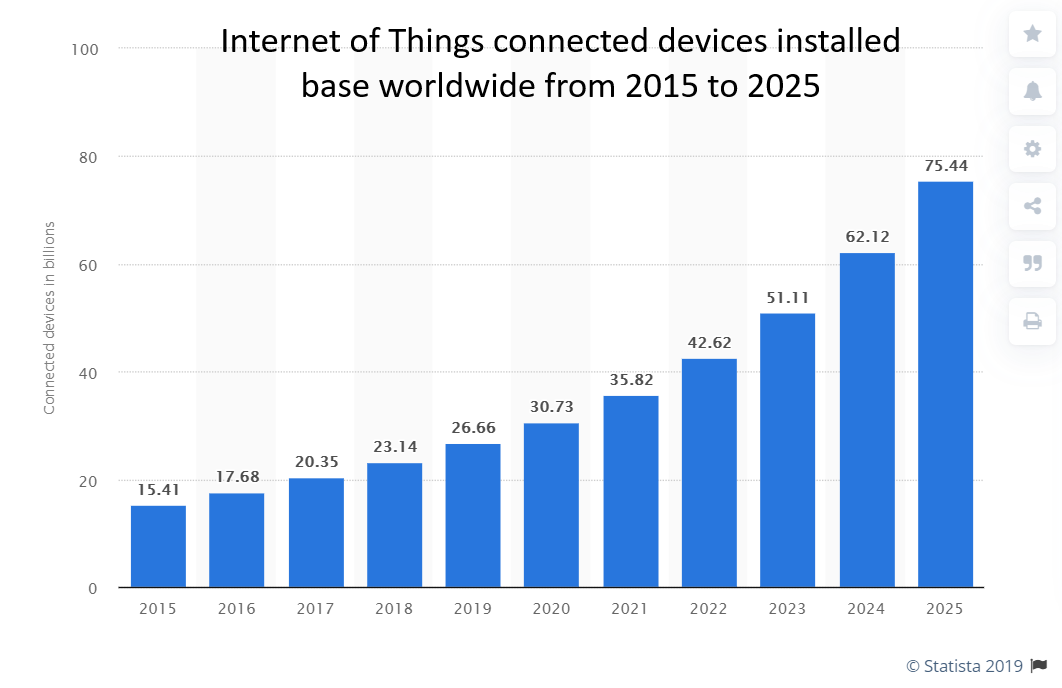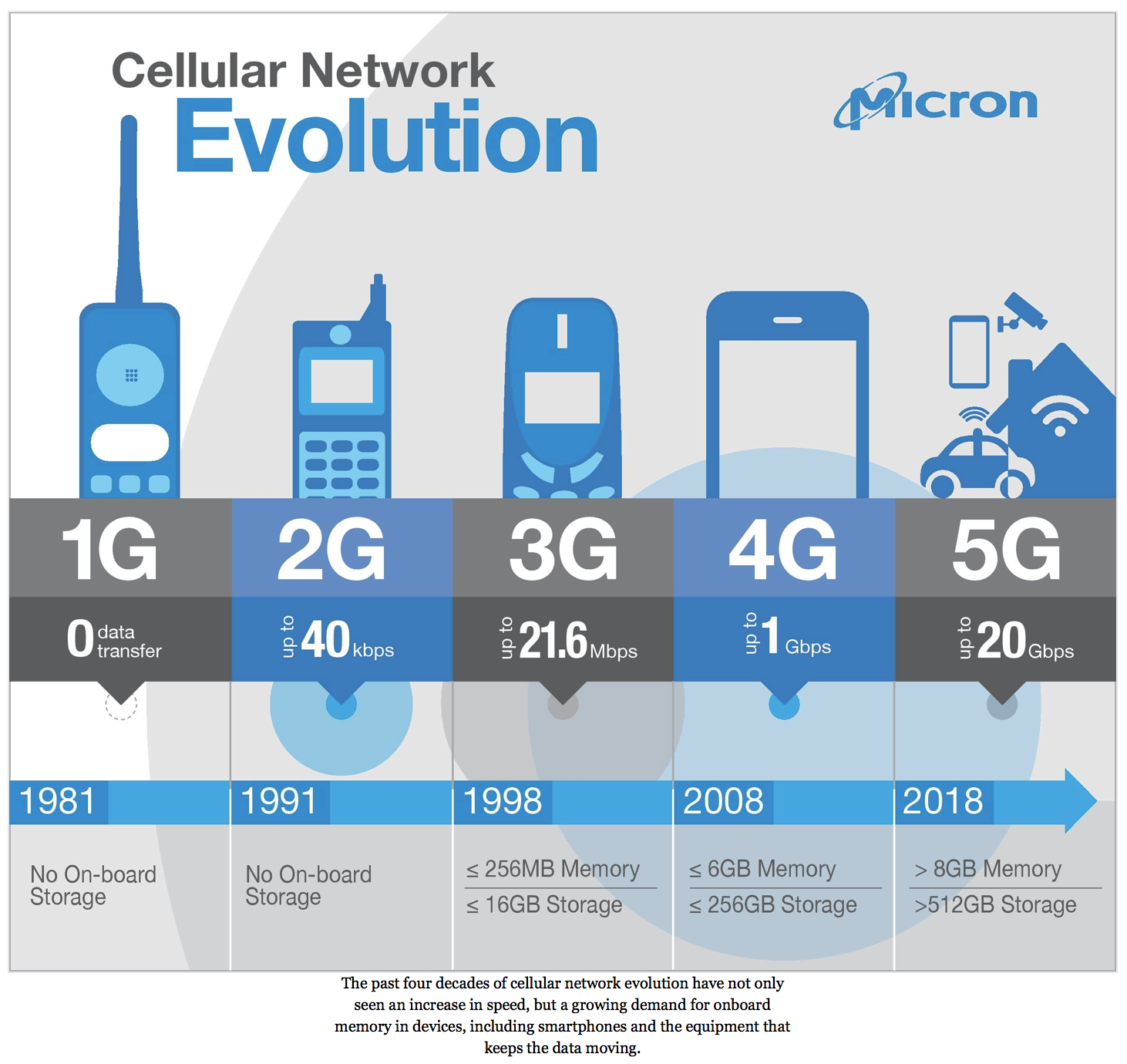Embracing the Future: A Journey Through AI and IoT Integration
In a rapidly advancing technological landscape, the synergy between Artificial Intelligence (AI) and the Internet of Things (IoT) has become THE promoter of unprecedented innovations. These smart devices can communicate with each other, analyze vast amounts of data, and make intelligent decisions without any human intervention. This remarkable integration of AI and IoT is transforming industries across the globe, revolutionizing how we live, work, and interact with technology. Let’s see how this dynamic duo is going to be shaping our digital tomorrow.
The Origin of AI and Its Integration with IoT
The inception of AI dates to the roots of computation, but its true potential unfolded as it became the backbone of the IoT. AI, with its cognitive abilities, found a natural companion in IoT, a network of interconnected devices exchanging data seamlessly. The journey begins with the emergence of smart devices, laying the foundation for AI-IoT convergence. These intelligent gadgets, equipped with sensors and actuators, paved the way for the symbiotic relationship we witness today.
This was followed by the proliferation of data, that became the heartbeat of AI in IoT. Massive datasets generated by interconnected devices became the fuel for machine learning algorithms, enabling them to evolve and adapt autonomously. As IoT devices continuously generated data, AI algorithms embarked on a learning curve. The ability to recognize patterns, make predictions, and adapt based on real-time data turned AI into a dynamic force within the IoT ecosystem. With AI algorithms analyzing real-time data from IoT sensors, organizations gain valuable insights that allow them to inform on strategic choices. For example, in agriculture, farmers can use AI-powered analytics to optimize irrigation schedules based on soil moisture readings collected by IoT devices. This leads to more efficient water usage and higher crop yields.
Another benefit of this duo is enhanced automation. By integrating AI with IoT devices, repetitive tasks are automated, freeing up human resources for more complex and creative work. In manufacturing settings, intelligent robots equipped with IoT sensors monitor equipment performance in real-time and predict maintenance needs before breakdowns occur. This proactive approach is not only minimizing downtime but also maximizing operational efficiency.
The Future of AI and IoT: Predictions and Potential Impact
As we look ahead, the future of AI and IoT integration holds immense promise. The potential impact across industries is staggering, with advancements set to transform our lives in ways we can only imagine. The global AI in IoT market size was valued at USD 6074.3 million in 2022 and is expected to expand at a CAGR of 16.47% during the forecast period, reaching USD 15159.58 million by 2028.
One prediction for the future is that AI-powered devices will become even smarter and more autonomous. Imagine a world where your home appliances not only connect to the internet but also can learn from your preferences and adapt accordingly. Your refrigerator could order groceries when it senses you’re running low on essentials, or your thermostat could adjust itself based on weather forecasts.
In healthcare, AI integrated with IoT devices could revolutionize patient monitoring. Wearable sensors could collect real-time health data, which would be analyzed by intelligent algorithms to detect early warning signs of diseases or emergencies. This proactive approach has the potential to save countless lives.
Another area where AI and IoT are expected to make waves is transportation. With self-driving cars already gaining traction, experts predict that these vehicles will become commonplace in the near future. These cars will rely on real-time data collected through an interconnected network of sensors embedded in traffic lights, roads, and other vehicles.
AI-powered virtual assistants are also expected to play a significant role in shaping our daily routines. As technology advances further, these assistants will become more intuitive and capable of understanding complex commands. From managing our schedules to helping us navigate unfamiliar cities effortlessly – their potential is limitless.
However, with great power comes great responsibility. While we envision a bright future for AI and IoT integration, some challenges need addressing along the way – such as privacy concerns surrounding data collection or ensuring robust cybersecurity measures, industry leaders are actively working towards finding solutions. As technology continues to advance at an unprecedented pace, these challenges will gradually diminish.
The collaboration between AI and IoT has transformative potential across various sectors like healthcare, transportation, and smart homes. The possibilities seem endless as both technologies continue growing exponentially. The future holds even greater potential for AI-IoT integration. With advancements like edge computing bringing processing power closer to connected devices and 5G networks enabling faster data transmission rates, we can expect more intelligent systems capable of making split-second decisions on their own.





